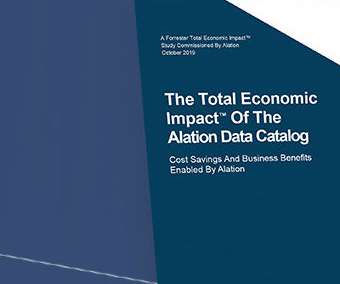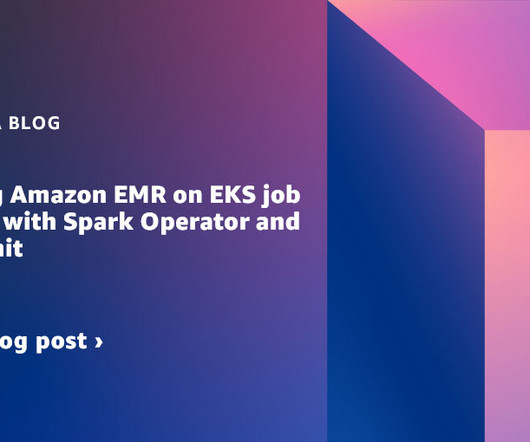Forrester Does the Math on the ROI of the Alation Data Catalog
Alation
FEBRUARY 13, 2020
In The Forrester Wave: Machine Learning Data Catalogs, 36% to 38% of global data and analytics decision makers reported that their structured, semi-structured, and unstructured data each totaled 1,000 TB or more in 2017, up from only 10% to 14% in 2016.














Let's personalize your content